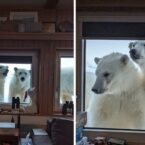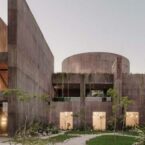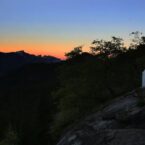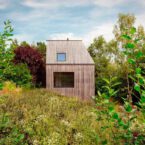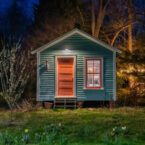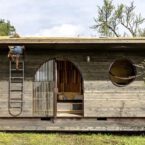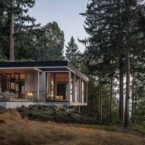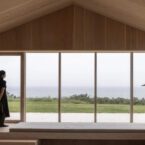
For over two decades, the ambitious mission to revive the heart of the Florida Everglades once described as “the biggest environmental restoration project in the history of the world,” has persisted. What began as a congressional vote 24 years ago has evolved into a comprehensive effort encompassing over 60 infrastructure projects backed by a staggering $20 billion investment. Spearheaded by the Everglades Foundation and bolstered by governmental support, this monumental endeavor aims to rectify the detrimental legacy of the Army Corps of Engineers’ ill-fated “Drain the Everglades” initiative, which disrupted the delicate balance of the region’s ecosystem.

Central to the restoration is the reconnection of Lake Okeechobee, a vital lifeline for the Everglades, to its surrounding ecosystem. Historically, this expansive lake nourished the Everglades with a steady flow of water, but decades of human intervention severed this crucial link, precipitating a cascade of environmental crises. The modern-day restoration strategy involves a multifaceted approach, from constructing reservoirs and raising roadways to mitigating agricultural runoff through innovative wetland projects. While the full realization of these efforts remains years away, with completion projected for 2036, the profound impact on South Florida’s biodiversity and communities promises a brighter future, underpinned by the restoration of one of the planet’s most unique and ecologically significant landscapes.
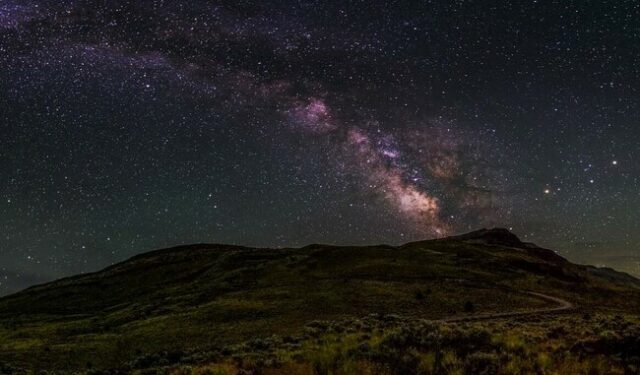
Oregon’s vast Outback has become the proud host of the world’s 19th dark sky sanctuary, an expansive celestial haven spanning over 3,800 square miles. The designation, granted by DarkSky International, culminated from an extensive collaboration between federal, state, and local entities alongside dedicated community members. This achievement marks a significant milestone in the preservation of natural nightscapes, reflecting years of concerted efforts across various legal jurisdictions. The certified region, nestled within Lake County in southeastern Oregon, encompasses 2.5 million acres, rivaling the size of renowned sanctuaries. Fondly dubbed the “Oregon Outback,” this expanse promises unparalleled stargazing opportunities amidst pristine, unspoiled skies, cultivating a sanctuary for both human observers and indigenous wildlife alike.

Championed by DarkSky Delegate Dawn Nilson, Oregon’s application underscores a commitment to safeguarding the Outback’s celestial heritage amidst escalating light pollution and population growth. The proposed Oregon Outback International Dark Sky Sanctuary (OOIDSS) envisions a sprawling expanse exceeding 11.4 million acres, offering a beacon of hope for preserving nocturnal ecosystems. Rooted in the principles of the International Dark Sky Places Program, this initiative emphasizes voluntary preservation efforts, responsible lighting practices, and public education. Situated within the Basin and Range Province, the Oregon Outback boasts rugged terrain and sparse habitation, fostering an ideal habitat for diverse fauna such as bighorn sheep and greater sage grouse. As stakeholders unite to navigate the final phases of the application process, the prospect of expanding the sanctuary to encompass adjacent counties signals a promising future for celestial conservation in the American West, echoing the ethos of other esteemed Dark Sky Parks across the nation.
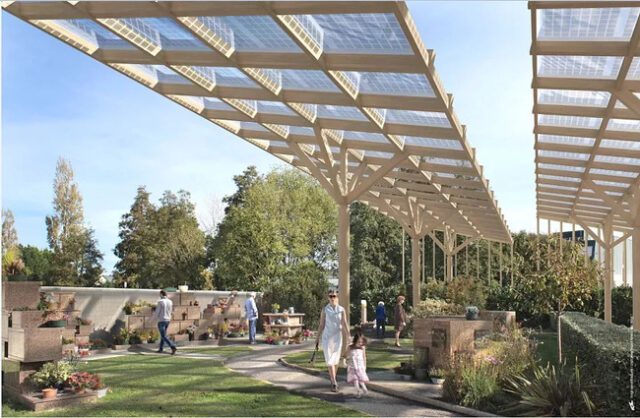
The innovative approach taken by the town of Saint-Joachim in France is nothing short of remarkable. Facing the challenge of managing standing water in its low-lying cemetery, the community has devised an ingenious solution that not only addresses the water issue but also harnesses renewable energy. By installing clear, see-through solar panels as overhead coverings, the town plans to utilize the space effectively, turning it into a source of solar energy. This initiative not only showcases environmental stewardship but also demonstrates a practical way to repurpose existing infrastructure for the benefit of the community.
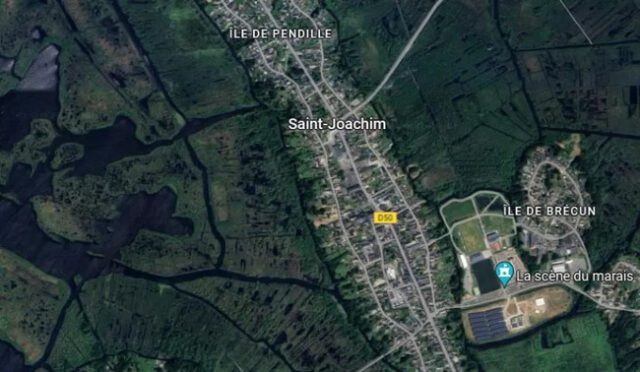
What’s particularly inspiring about Saint-Joachim’s project is the inclusive and equitable approach taken towards its implementation. Engaging residents through a transparent communication process, the town ensured that the community was involved in decision-making from the outset. The power-sharing scheme, where residents pay a nominal fee for a share of the solar power generated, democratizes access to renewable energy benefits. Through a carefully designed algorithm, energy savings are distributed fairly among all residents and businesses, ensuring that everyone, regardless of their size or type, enjoys equal benefits. This commitment to fairness and inclusivity reflects the community’s ethos of collective responsibility and shared prosperity, making it a truly beautiful idea worthy of admiration and emulation.
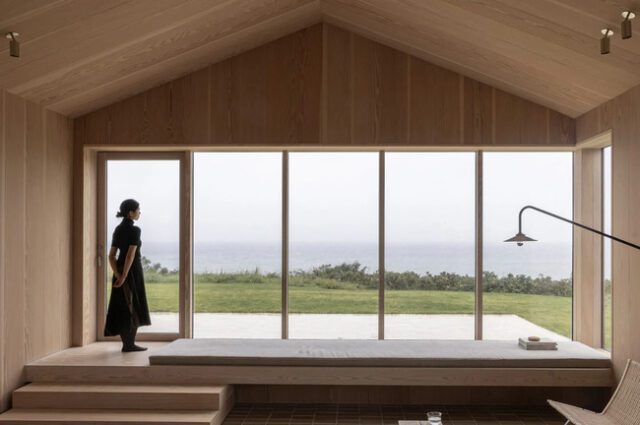
Nestled amid the rolling hills along the Danish coast, the Heatherhill Beach House emerges as a quintessential retreat, beckoning with its tranquil charm and seamless integration into the natural landscape. Crafted by the local architectural firm Norm Architects, this wooden haven exudes an air of serenity and sophistication. Embracing the essence of Danish architectural tradition while infusing it with contemporary innovation, the holiday home stands as a testament to timeless design ethos. Its distinctive sedum roof, adorned with verdant hues that evolve with the shifting seasons, lends an organic allure, harmonizing effortlessly with the surrounding coastal scenery. Conceived as an escape from the bustle of urban life, the residence spans 232 square meters, offering a sanctuary where its occupants can unwind and reconnect with nature.
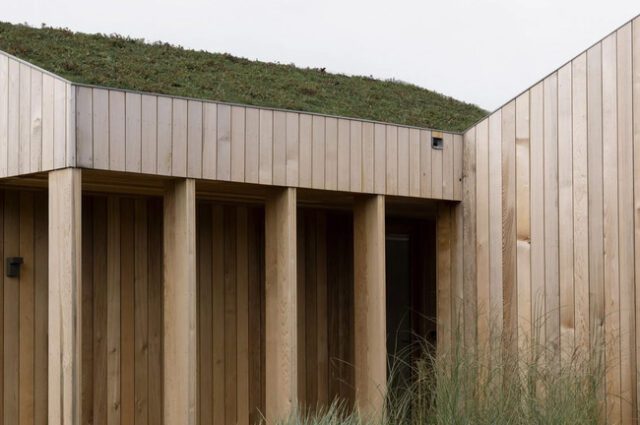
Characterized by its dual volumes and covered walkway, the Heatherhill Beach House epitomizes modern elegance intertwined with rustic charm. Architect Sophie Bak’s ingenious reinterpretation of traditional Danish barns results in a captivating interplay of space and form, where the boundaries between indoor and outdoor dissolve seamlessly. Inside, the warmth of wooden pillars envelops the interior, infusing the dwelling with a sense of intimacy and timelessness. Every detail, from the pillared design echoing throughout the home to the cedar-clad facade, is meticulously curated to blend with the coastal environment. As the cedar weathers to a silvery patina, mirroring the hues of the nearby ocean, and the sedum roof transitions through the seasons, the Heatherhill Beach House embodies a poetic union with its surroundings, inviting residents to immerse themselves fully in the rhythm of nature’s ever-changing palette.

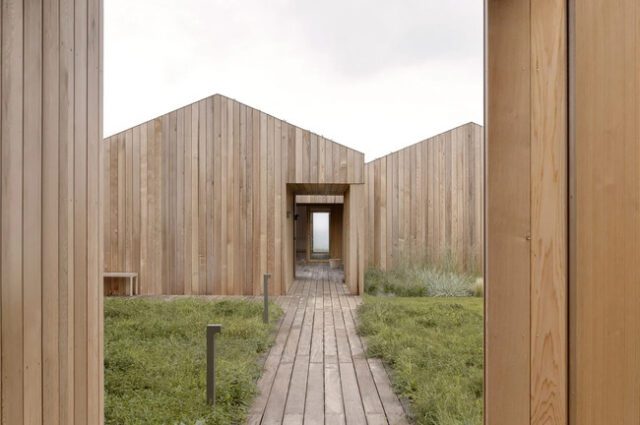

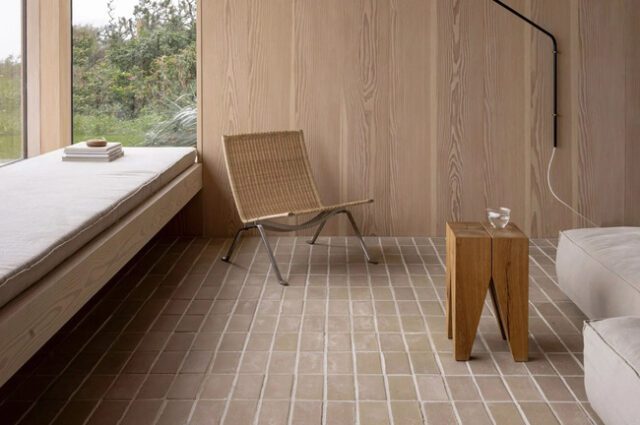
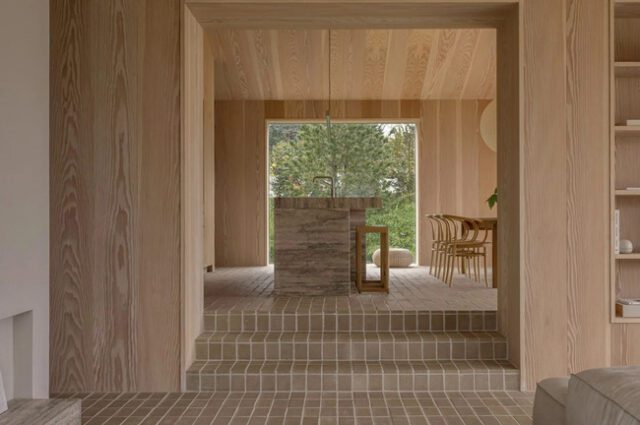

Off-road enthusiasts and adventure seekers are in for a treat with the innovative design of Berg Off-Road’s latest offering, the CX6 off-road caravan. With a focus on exceeding expectations, Berg Off-Road has crafted a camper solution that redefines comfort and convenience on rugged expeditions. The CX6 boasts a remarkable ability to pop, slide, and swing out, accommodating up to six individuals in a harmonious living space. Constructed with honeycomb fiberglass over a ladder frame chassis, this off-road marvel weighs approximately a ton and measures 2 meters wide, 5.3 meters long, and 2.2 meters high. Despite its compact dimensions, the CX6 offers ample sleeping arrangements, including a full-size king pull-out bed with bedside USB ports and room for four additional single beds that slide out from underneath. Moreover, its full bathroom with toilet, washbasin, and shower tucked behind a pull-out kitchen ensures a luxurious camping experience within its lightweight body.

Equipped with a fully functional pull-out kitchen featuring a fridge, freezer, two-burner gas stove, and ample storage and prep space, the CX6 is designed for ultimate convenience. Berg Off-Road goes the extra mile by providing annex tents connected to the caravan through extended awnings, offering additional sleeping space for larger groups. Adventure off the grid is made easy with the CX6’s 1000W inverter, 150-liter fresh water tank with pump, and 14-liter gas/electric water heater. Furthermore, solar panels ensure continuous power supply for air conditioning and LED interior lighting, making the CX6 a reliable companion for off-grid exploration. Priced at approximately $28,000, the CX6 presents a compelling option for outdoor enthusiasts seeking a versatile and comfortable off-road caravan to create unforgettable memories with family and friends.



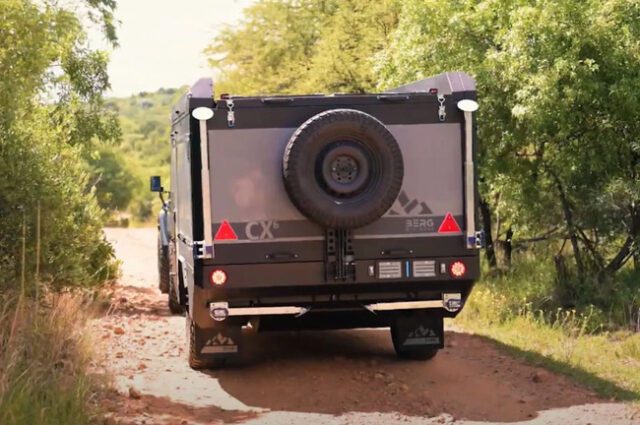
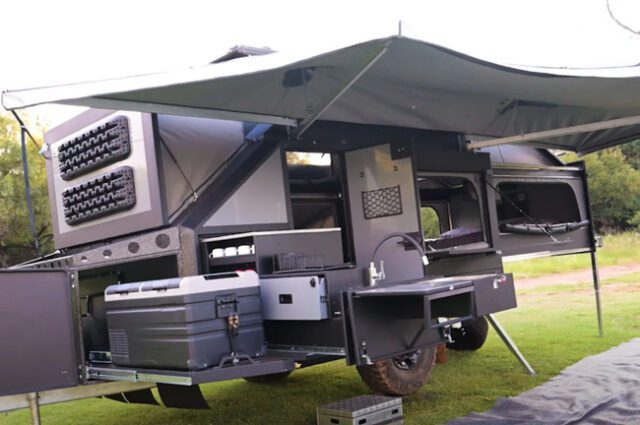


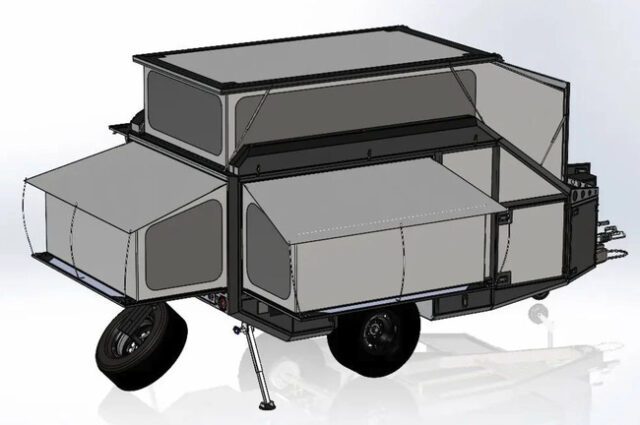

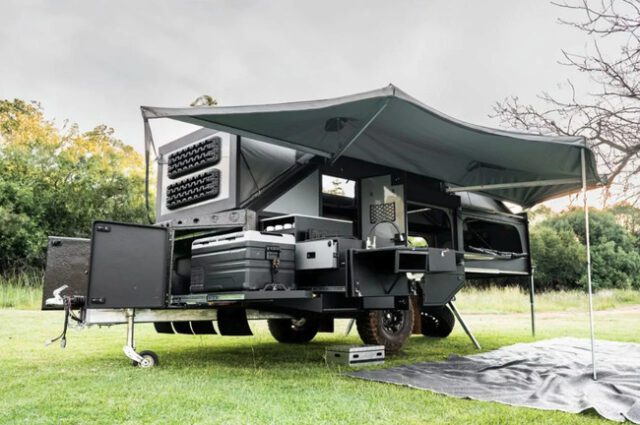



The transition from fossil fuels to renewable energy sources marks a pivotal moment in our fight against climate change, and Pennsylvania’s forthcoming Mineral Basin Solar Project stands as a testament to this shift. As the remnants of the Homer City Generating Station, a once-mighty coal plant, fade into memory, Swift Current Energy (SCE) is paving the way for a greener, more sustainable future. Despite the economic significance coal once held in regions like Pennsylvania, Continue reading “Enormous Solar Farm Will Replace Former Coal Plant in Pennsylvania” »

Jacob Hall’s excursion with his grandfather in coastal Texas led to an extraordinary encounter immortalized through his lens. Amidst the serene beauty of Canada Ranch near Anahuac National Wildlife Refuge, Hall found himself drawn to a blue heron soaring gracefully in the sky. Little did he know, his seemingly routine snapshots were about to capture a gripping saga of predator and prey. It was only upon reviewing his shots that he realized the unfolding drama— a stealthy bobcat lurking in the foliage, fixated on the unsuspecting heron. In a breathtaking leap, frozen in time by Hall’s camera, the bobcat seized its airborne target with a display of agility that bordered on the surreal. The sequence of images encapsulated a moment of raw, unfiltered nature, where the hunter became the hunted in a heartbeat.
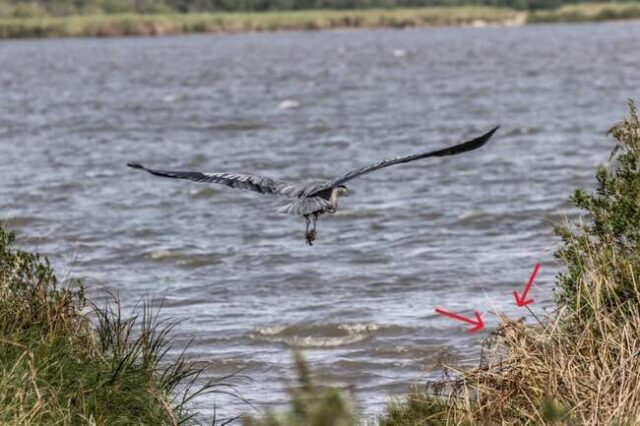
Reflecting on his once-in-a-lifetime photography feat, Hall expressed disbelief and awe at the fortuitous timing that immortalized the intense interaction. His inadvertent documentation of the bobcat’s ambush not only stunned him but also garnered widespread acclaim, including recognition from the U.S. Fish and Wildlife Services. The agency, while acknowledging the visceral impact of such encounters, underscored their ecological significance, portraying them as integral threads in the intricate tapestry of natural balance. Through Hall’s lens, the cycle of life and death unfolded—a poignant reminder of the relentless rhythm of existence where every creature plays its part in the grand symphony of the ecosystem.

The historic memorandum signed on March 19, 2024, marks a significant milestone as the Yurok Tribe becomes the first tribe to co-manage land with the National Park Service in northern California. This momentous agreement, which transfers a vital 125-acre parcel known as ‘O Rew back to the Yurok Tribe, represents a step towards rectifying historical injustices and recognizing Indigenous land management practices. For centuries, the towering Continue reading “Yurok Becomes First Tribe to Co-Manage Land With National Park Service” »
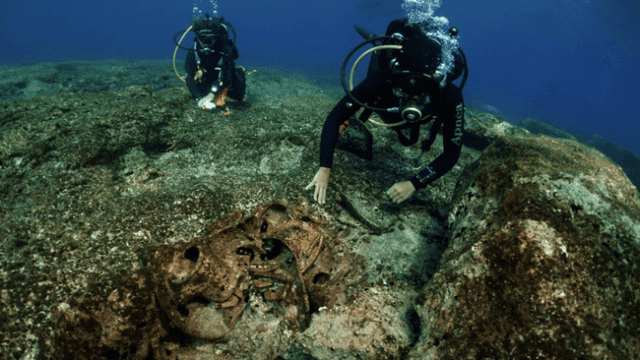
A journey spanning millennia, Greek archaeologists have embarked on an extraordinary quest to unveil the secrets hidden beneath the waves off the shores of Kasos, an island steeped in myth and history. Spanning nearly 5,000 years of maritime activity, the discovery of ten ancient shipwrecks serves as a tangible testament to the enduring maritime legacy of Hellas and its neighboring civilizations. From the dawn of civilization around 3,000 BCE to the Byzantine and Ottoman periods, each wreck holds within its barnacle-encrusted hull a chapter of the Aegean’s rich tapestry of trade, conflict, and cultural exchange.
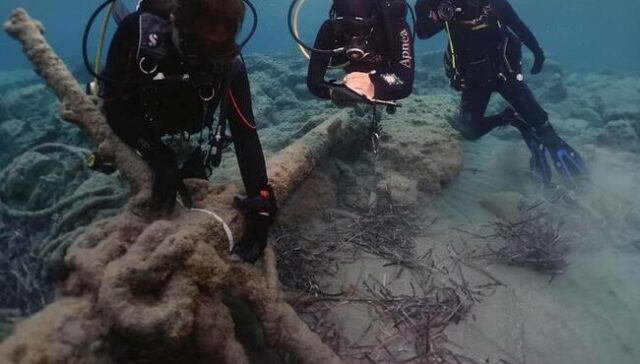
Leveraging the timeless verses of Homer’s Iliad as a navigational guide, the research team from the National Hellenic Research Foundation, in collaboration with the Ministry of Culture, meticulously pieced together fragments of historical accounts to pinpoint the resting places of these ancient vessels. Assembling a multidisciplinary team of experts including divers, geologists, and historians, they delved into the depths of the Aegean Sea, where sunken treasures lay dormant for centuries. Through modern scientific methods and painstaking analysis of recovered artifacts, such as amphorae bearing seals from distant lands and stone anchors reminiscent of an era following the Trojan Wars, each discovery offers a glimpse into the vibrant mosaic of Mediterranean maritime history. Captured in captivating underwater footage for the documentary “Diving into Aegean History,” the Kasos maritime project stands as a poignant tribute to the enduring allure of ancient seafaring and the relentless pursuit of knowledge across the ages.








































